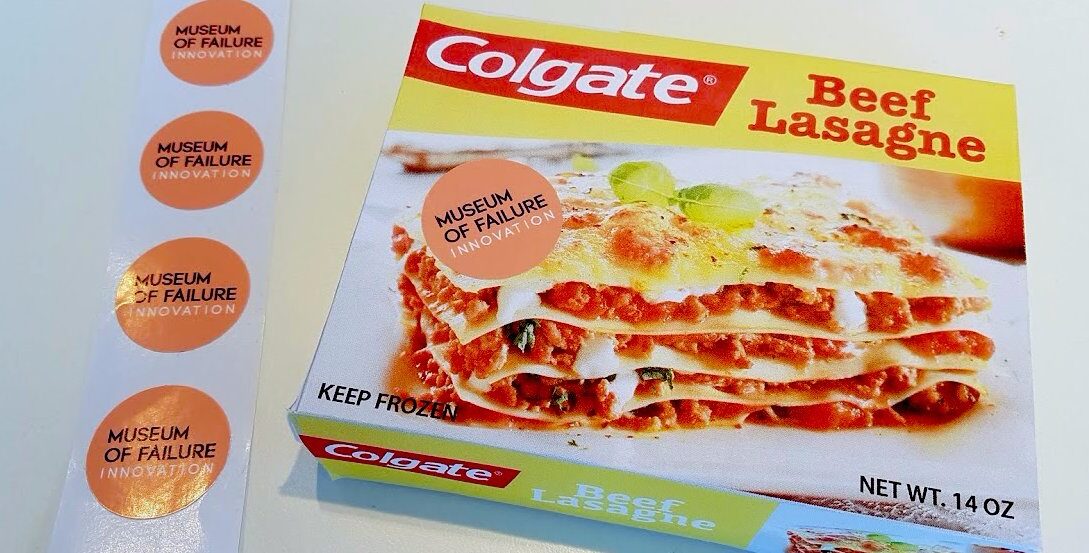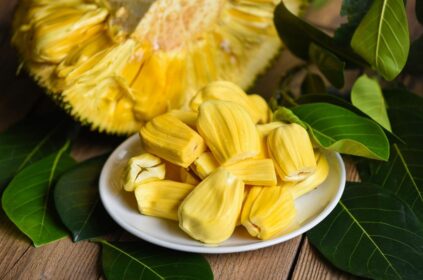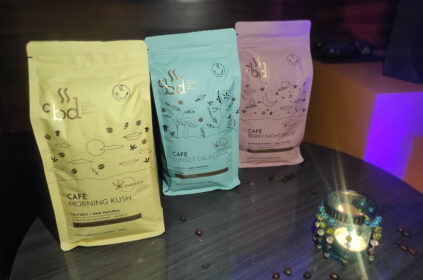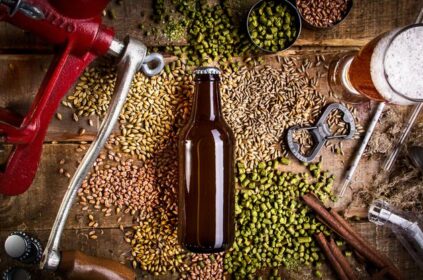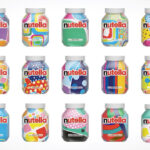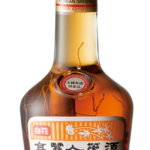Why do we only recognize success and hide failure? Failure is an opportunity for learning. The Museum of Failure was born to end the stigma of mistakes.
Some say 80% of new products fail. Where did that number come from? A 2011 Nielsen Survey conducted with more than 200 companies came close to that: 85% of launches fail.
Three years later another research, this time led by a my former master teacher (Data Driven Innovation subject) with more than 450 companies, found something totally different: only 40% of the launches are failures. And that rate is practically the same since the 1960s.
What is failure?
Failure means to sell nothing? Is it selling less than what was expected? And when the sales expectation is too high? Is it getting too many complaints? The concept is very relative and we could discuss the subject by several articles.

Forget this posture and learn from the mistakes!
For me, failure is failling and not learning from it, not understanding what went wrong and how to do better for the next time. A failing product / service is one that does not meet a customer need, does not solve a problem. It is worth remembering that need is not always as basic as hunger, it can be an emotional need, a desire for status, etc. Have you ever seen Maslow’s Pyramid of Human Needs?

Maslow Pyramid
Launches fail in many ways, but there are some cases so famous that they become examples. Psychologist Samuel West collects several of these products and opened the Museum of Failure in Sweden.
There’s nothing depressing about it, it’s not a place to cry over spilled milk. Instead, it is a learning experience. He wants people to understand that to innovate and evolve one must accept that failure is part of the process.
“Success is going from failure to failure without losing enthusiasm.” (Winston Churchill)
The idea came when he visited another museum in Croatia, the Museum of Broken Relationships. In the USA there is also the Museum of Bad Art.
For now, there are 60 objects and some, of course, are from the food area. It is the case with Colgate Lasagna (yes, the brand of toothpaste!).
Ruffles Wow, made with Olestra, an artificial fat that caused diarrhea in consumers.

And Burger King’s Satisfies: Consumers wanted a healthy product, but when they received it they did not like the drier, firmer texture.

Satisfries that do not satisfy the consumer 🙁
Breakfast Mates went wrong because it was made for kids and they could not open the wrappers.
 “Learning is the only process that turns failure into success” says West, the creator of the museum.
“Learning is the only process that turns failure into success” says West, the creator of the museum.
Do you remember any more food failures?
References: O Estado de São Paulo, Quartz, CB Insights, Business Insider, Bevnet, Gizmodo, Inc., Bolt Blog, New Product Success, Food Navigator

